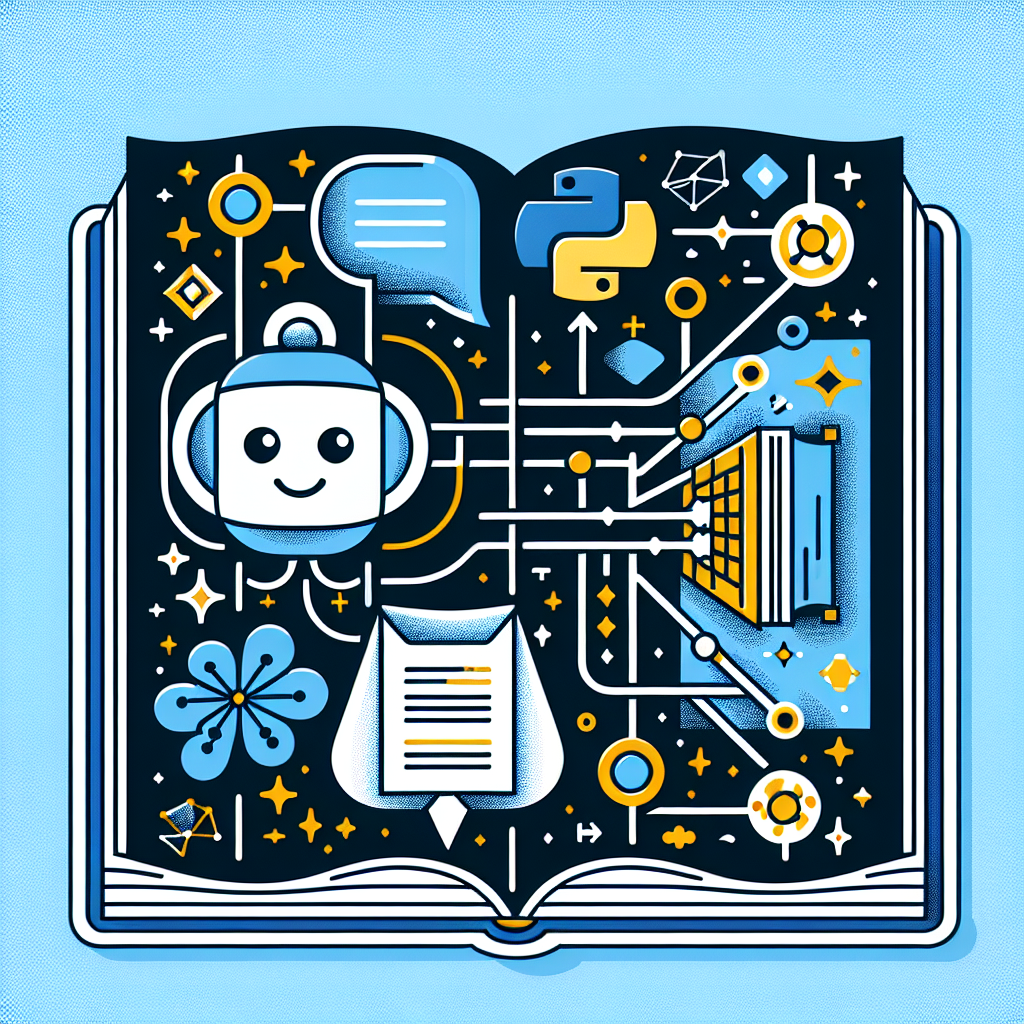Fix today. Protect forever.
Secure your devices with the #1 malware removal and protection software
Chatbots and language models have become increasingly popular in the field of artificial intelligence, with applications ranging from customer service to language translation. However, while these models have made significant advancements in recent years, they still face challenges in understanding and generating human-like responses. One approach to improving the performance of chatbots and language models is through deep reinforcement learning, a branch of machine learning that focuses on training intelligent agents to make sequential decisions.
In this article, we will explore how deep reinforcement learning can be used to enhance chatbots and language models, with a focus on a Python-based approach. We will discuss the basic principles of deep reinforcement learning, as well as specific techniques that can be applied to improve the performance of chatbots and language models.
Deep reinforcement learning is a powerful framework for training intelligent agents to learn optimal decision-making policies through trial and error. In the context of chatbots and language models, this means training the model to generate more coherent and relevant responses by rewarding it for producing high-quality output.
One common technique for enhancing chatbots and language models with deep reinforcement learning is through the use of reward shaping. Reward shaping involves designing a reward function that provides feedback to the model based on the quality of its output. For example, a chatbot could be rewarded for generating responses that are both grammatically correct and contextually relevant to the conversation.
Another key technique for enhancing chatbots and language models is through the use of policy gradient methods. Policy gradient methods involve training the model to maximize the expected reward by adjusting its policy parameters. This can be done through techniques such as the REINFORCE algorithm, which updates the model’s parameters based on the gradient of the expected reward.
In addition to reward shaping and policy gradient methods, there are a variety of other techniques that can be used to enhance chatbots and language models with deep reinforcement learning. These include techniques such as actor-critic methods, which combine the advantages of both policy gradient and value-based methods, as well as deep Q-learning, which uses a neural network to estimate the value of actions in a given state.
To implement these techniques in a Python-based approach, developers can leverage popular deep learning frameworks such as TensorFlow or PyTorch. These frameworks provide a wide range of tools and libraries for building and training deep reinforcement learning models, making it easier for developers to experiment with different techniques and optimize the performance of their chatbots and language models.
In conclusion, deep reinforcement learning offers a powerful framework for enhancing the performance of chatbots and language models. By applying techniques such as reward shaping, policy gradient methods, and actor-critic methods, developers can train more intelligent and responsive models that are better equipped to understand and generate human-like responses. With the growing popularity of chatbots and language models in various applications, deep reinforcement learning is poised to play a key role in advancing the field of artificial intelligence.
Fix today. Protect forever.
Secure your devices with the #1 malware removal and protection software
#Enhancing #Chatbots #Language #Models #Deep #Reinforcement #Learning #Python #Approach,deep reinforcement learning with python: rlhf for chatbots and large
language models

Leave a Reply
You must be logged in to post a comment.